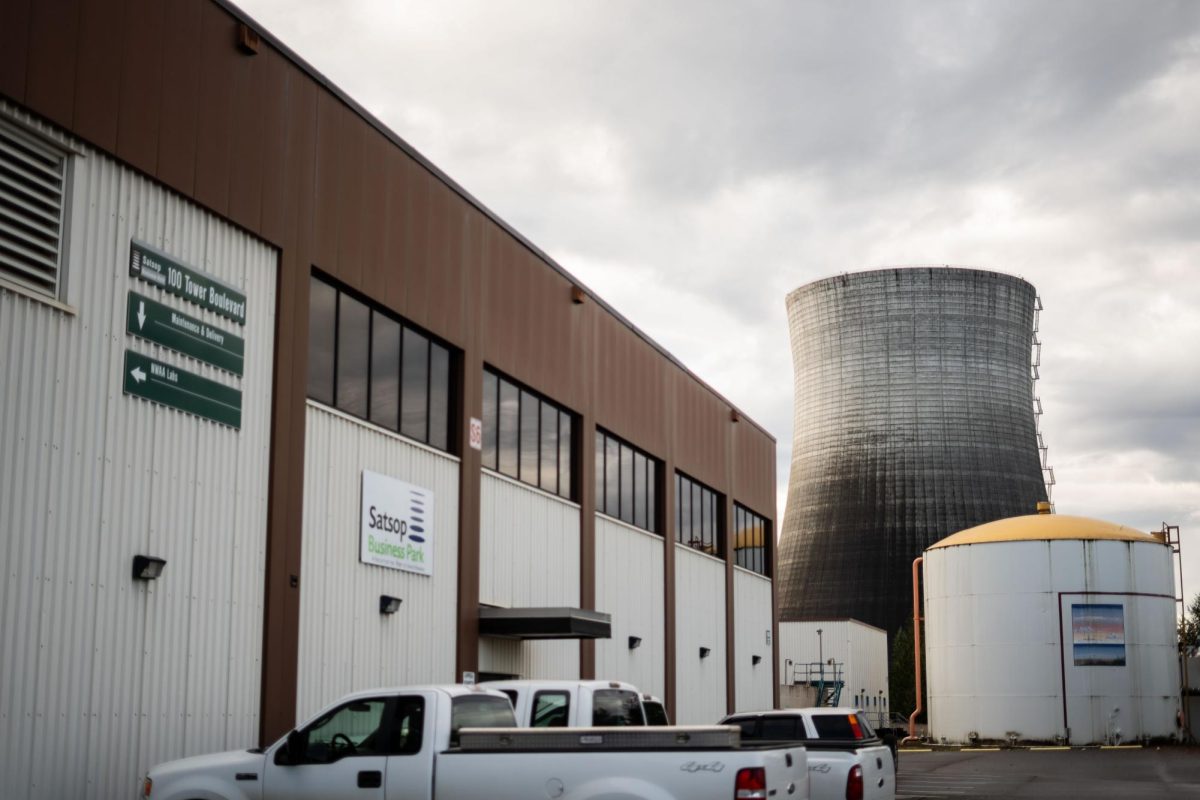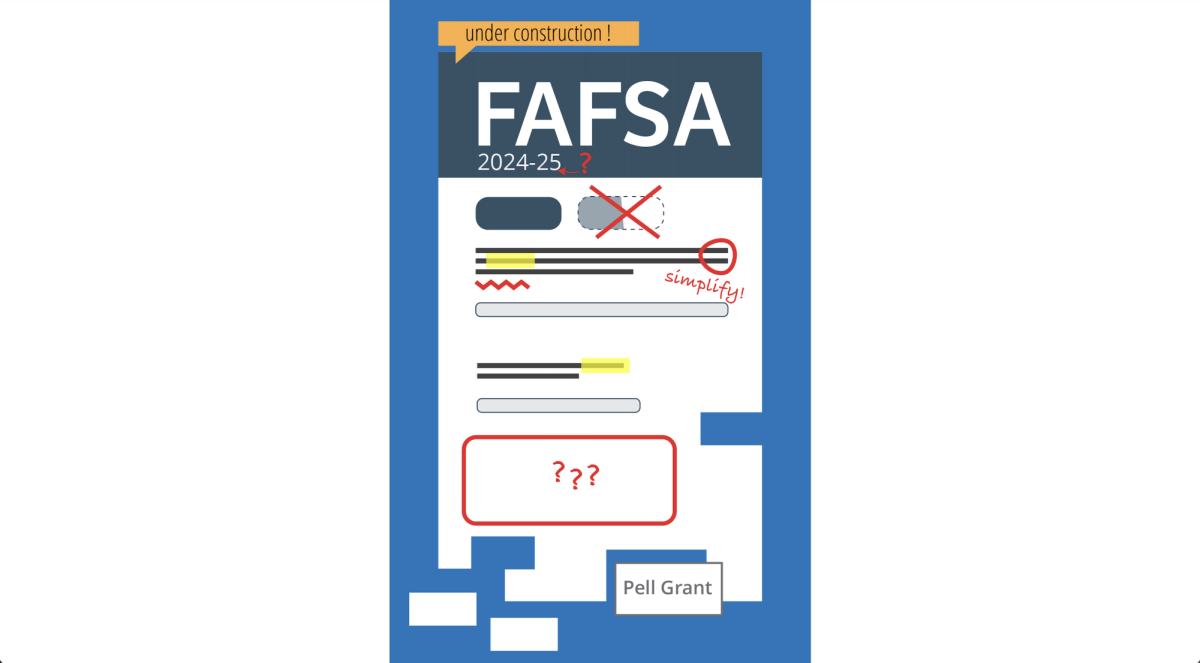Two blocks away from Seattle University, at 12th and Yesler, resided the Youth Juvenile Justice Center. However, a few months ago the this facility was torn down to build a $210 million youth jail, known as the Children and Family Justice Center. The No New Youth Jail Coalition (NNYJC) has demanded a moratorium on construction, and a new series of direct action protests has gained the six-year movement a lot of traction.
On Monday, March 19, the NNYJC delivered a letter to King County Executive Dow Constantine’s Office demanding a moratorium on construction.
“We demand a moratorium on construction until the County repurposes the site for meeting the needs of youth and families and eliminating any plans for courts or jails on the site,” the letter states. “You are trying to push this project to completion in a rush because it is unpopular, unfunded, and illegitimate.”
The project began six years ago in 2012 with King County Executive Dow Constantine taking the lead to raise money for the jail, a tax levy was put on ballots that same year. The tax levy passed and the End Prison Industrial Complex (EPIC) sued King County for the awed language used in the levy. It went to the court of appeals which, in 2017, deemed that the language was clear, but that the method for collecting the funding was invalid. It is now in the court of appeals at the Washington State Supreme Court.
Despite it being in the court of appeals, the construction is still ongoing. Under this new building, family courts which are currently located in downtown Seattle will also be combined in the juvenile detention center. Associate Professor at the Seattle U School of Law, Dean Spade, said that shortening the project to a youth jail misses the deeply systemic racism in these structures.
“The family court system and the child court system in the United States is targeting Black and Native families. It separates families from their children. It’s immensely racist, so we should be opposing both the family courts and the youth jail part of this,” Spade said.
The NNYJC is also proposing ideas for other uses for the building, pointing to different non-profits in the area that could collaborate to create a more positive environment.
March has been highly active for the No New Youth Jail Coalition. On Monday March 26, the NNYC protested at the entry points of the construction site causing construction to be stopped for the day.
The next day, they protested peacefully at the Chinook building where Constantine’s office is located. And on the following day, they launched their social media campaign to get more than 1,000 signatures on a petition for the moratorium.
On Thursday, March 29, they dropped a No New Youth Jail banner from the East Olive Way Bridge over Southbound traffic.
“The bottom line is should we be building new jails for youth and places for youth to separate youth from their families or should we be pouring these hundreds of millions of dollars into things that we know make young people safer and more well,” Spade said.
This past Friday, April 6, the NNYJC protested by occupying the main entry point of construction.
Dayanara Almon, a middle school student at Seattle Girls School is involved at the Youth Undoing Institutional Racism where she found out about this movement.
“I feel really bad because me and my friends that were in my old school, we could’ve all been in here because we’re all youth of color. I think we have a very big chance of ending up in here,” Almon said.
Robert Gavino, a senior Humanities for Leadership major—has been involved in this particular campaign for quite a while, but has done resistance work since his junior year of high school.
“For respectable immigrants like my family, who have some class privilege—it’s our property and our safety that got used to justify this jail and gets used to justify police targeting,” Gavino said. “I’m not going to use my life and their life, to be used to justify how the state targets low-income people, black youth or immigrant youth.”
The NNYJC hopes that King County listens, and follows the examples of cities like Victoria, B.C. where a former Victoria youth detention center became a homeless shelter.
“I want this building and so much more to be a space where people who are most targeted by these systems right now, to be able to dream of what they need it to be,” Gavino concluded.
Rania may be reached at
[email protected]










